Frequent readers may remember my struggle around the discontinued FujiFilm Neopan 400, and the compromises I had to make. I now have reason again to be frustrated with FujiFilm as they recently discontinued another film stock, this time colour, one which I used quite frequently as my go to high speed C41 option. Venus 800 is the name given to the Asian market distribution of Superia 800, but was widely available through import.
I liked Venus 800 as the cheapest and most easily available 800 native speed film, compared with the often expensive and short supplied Cinestill 800 and Portra 800. Luckily I don’t shoot as much colour as I used to, so this will only really affect my snapshot workflow. My film workflow is now almost entirely based around black and white photography, and colour images are almost exclusively reserved for my XA. I don’t think I’d put Cinestill through this, which means I’ll be using Portra 400 at box or pushing it for higher speed situations, and I think when my reserves of other emulsions run out I’ll only be buying Portra 400 moving forward.
It’s still a shame to see the end of Venus which I’ve shot in quite a few tricky situations, and always enjoyed the saturation and cleanliness of the fine grain/high speed balance. True to other Fujifilm’s I’ve tried it has a cooler blue-green tint when compared against the yellow-gold of the majority of Kodak’s films.
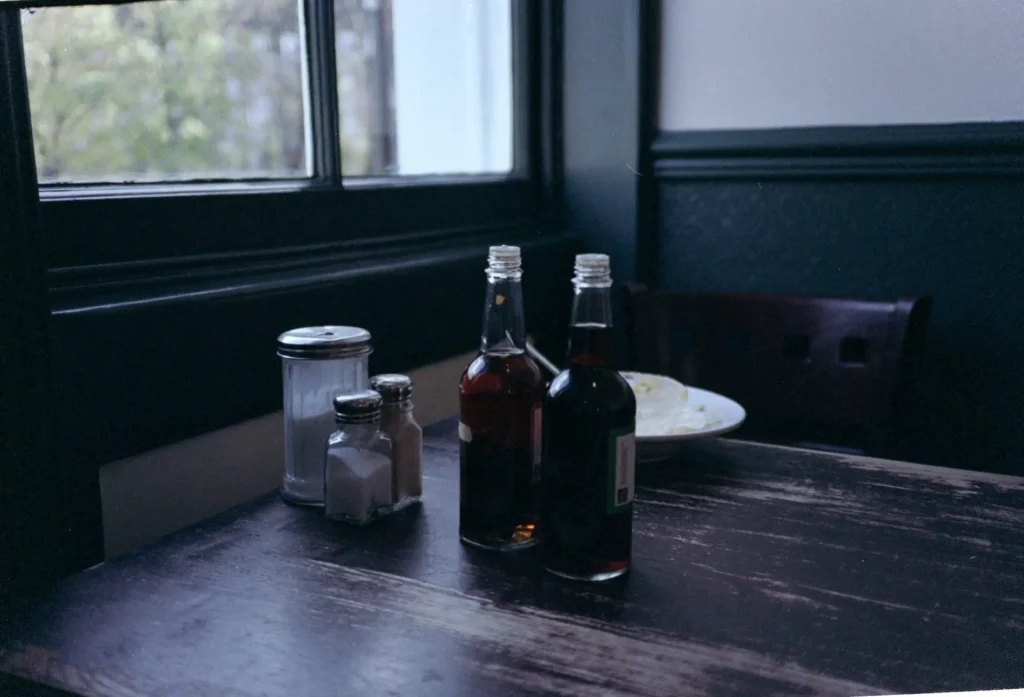
In bright light it performs wonderfully, and I often exposed it three or four stops over, due to the relatively slow maximum shutter of my XA, and my preference to shoot at wide apertures. The more overexposed the film becomes the more pastel tones are introduced, which can make for quite a renaissance aesthetic, especially for crowded snapshots.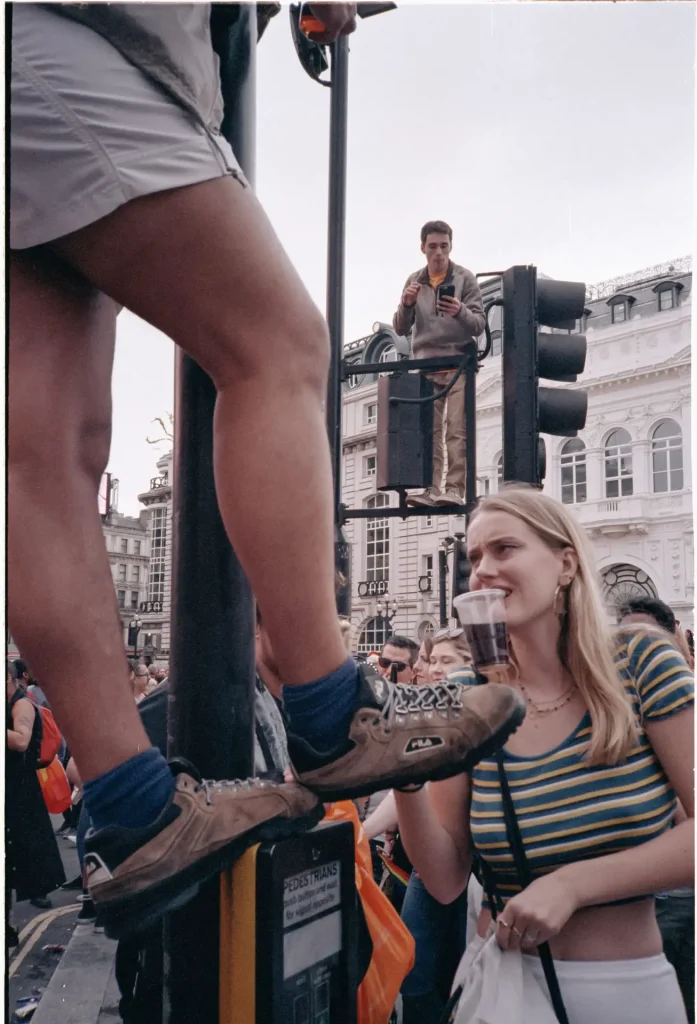
When shot in the right conditions there’s a fantastically painterly feel, potential for classic colour palettes with a really vintage aesthetic. I really enjoyed using it for a project around British beaches, as it really gave a post card feeling.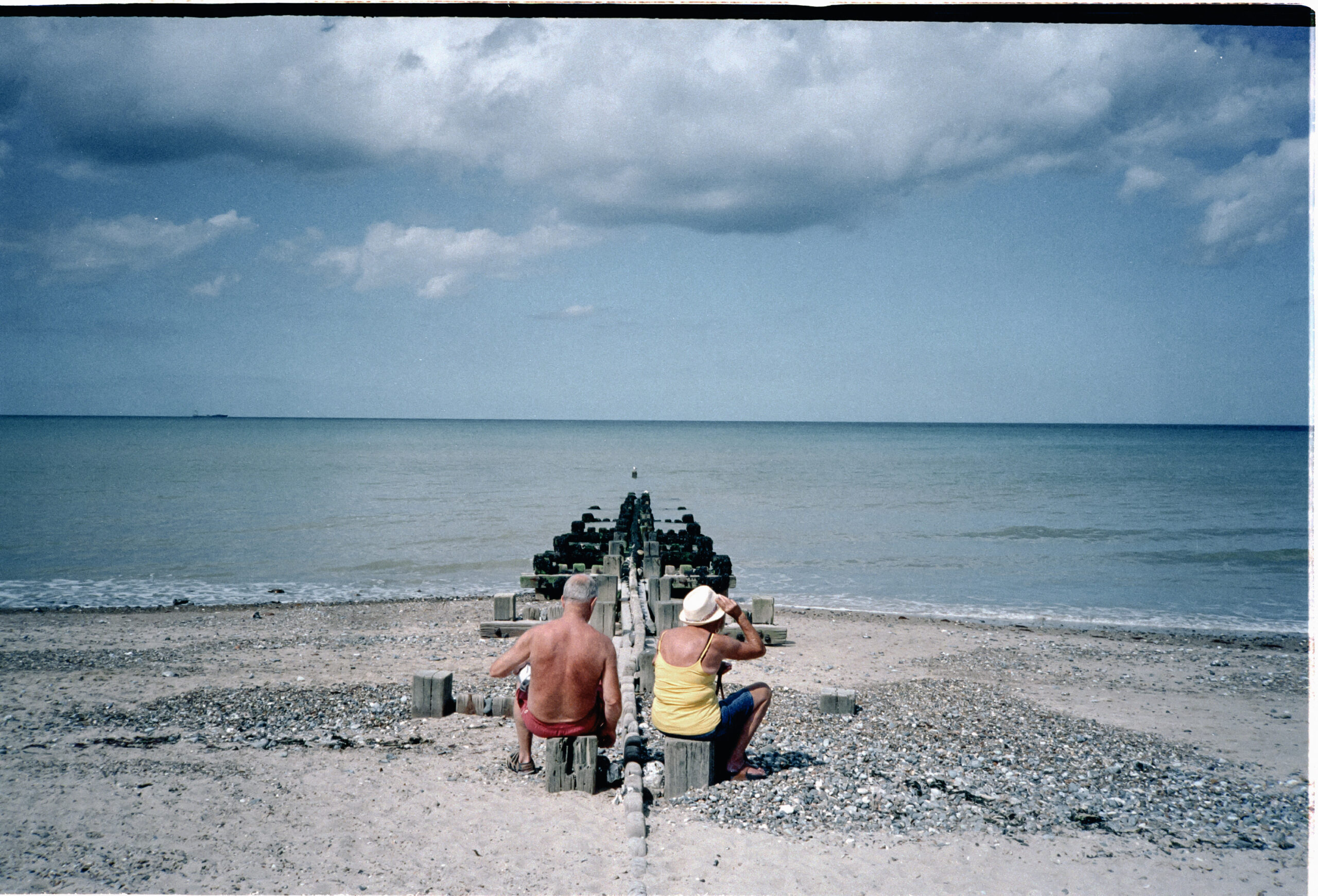
There’s excellent dynamic range to be had, and it really works a treat for low light photography. I think most peoples perception of an 800 speed colour film is that they would intend to use it for low light conditions. Although I do think it performs excellently I don’t think this limitation should
As I have only shot this film in my XA my control over the exposures has been entirely based on the aperture priority control. This means I don’t have quite the same precise control over the exposures as I do when shooting with a fully manual camera, which is my preferred way to deal with low-light conditions, so I know exactly what I’m exposing for. However the XA deals with mixed lighting very nicely, and the Venus is a great film to tackle this variety of conditions. I do think the lens on the XA is great, but tints a little towards blue, but this hasn’t yet given me an unusable shot for being too cold.
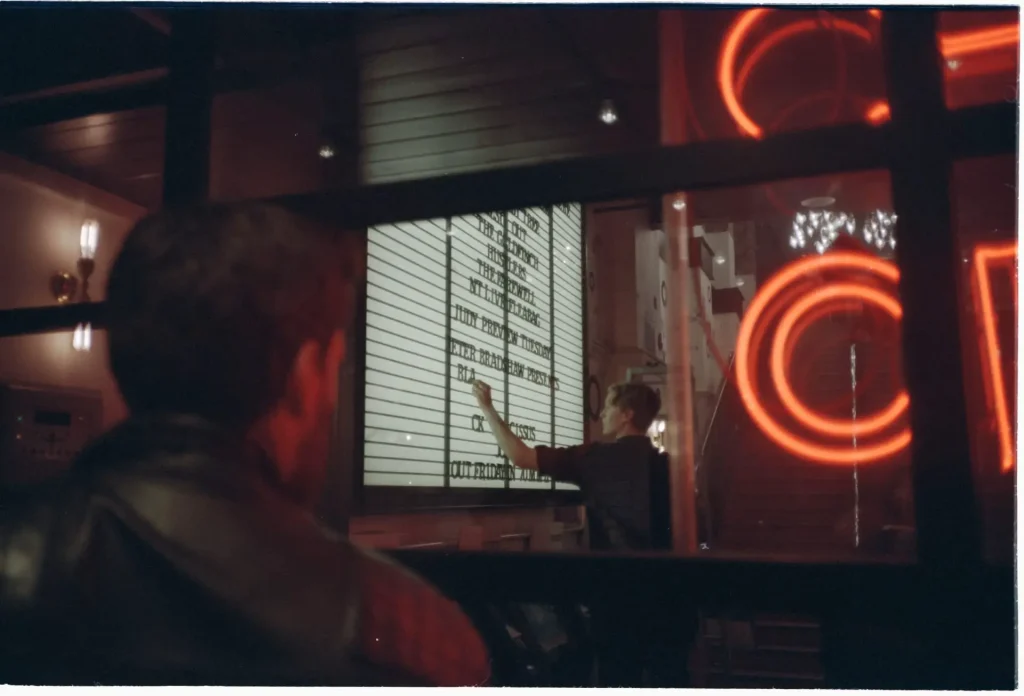
One of my favourite things about Venus 800 is how little I need to do after scanning it to get colours I fel are accurate. My usual scanning workflow for C41 negative film is to bring it into photoshop and emply RGB clipping which I feel offers the most neutral and accurate colours, without difficult orange casts or anything like that coming into play.
 The Venus often requires only a straight scan more often than not, and I don’t feel inclined to clip any of the curves, and just leave them as it.
The Venus often requires only a straight scan more often than not, and I don’t feel inclined to clip any of the curves, and just leave them as it.
If you haven’t shot with Venus 800 before I strongly recommend giving it a try while you still can, but as with the Neopan try not to get too attached to it. At the time of writing this it’s still available to buy from Analogue Wonderland, which is where I buy all of my film.
Thanks for taking the time to read this! If you like my images here please consider following my work on Instagram.
Share this post:
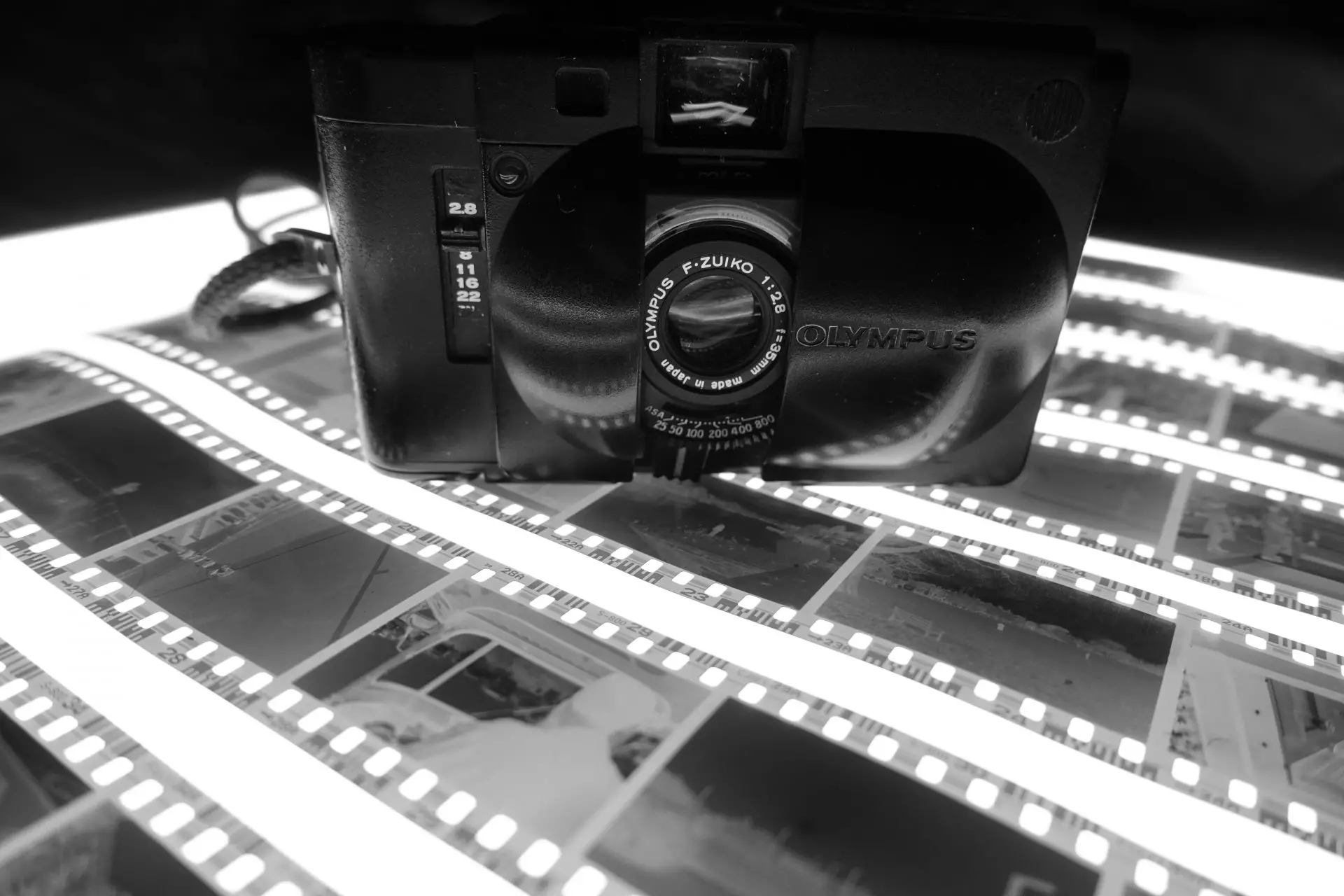
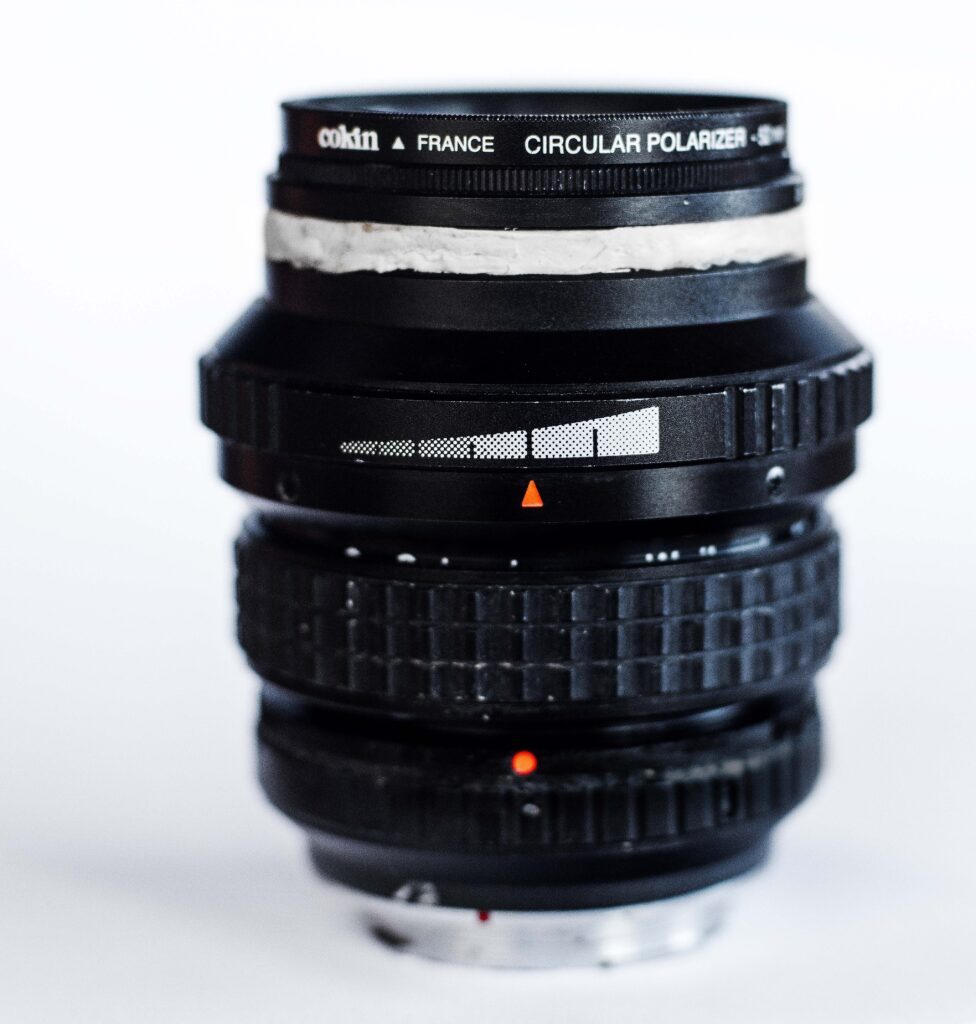
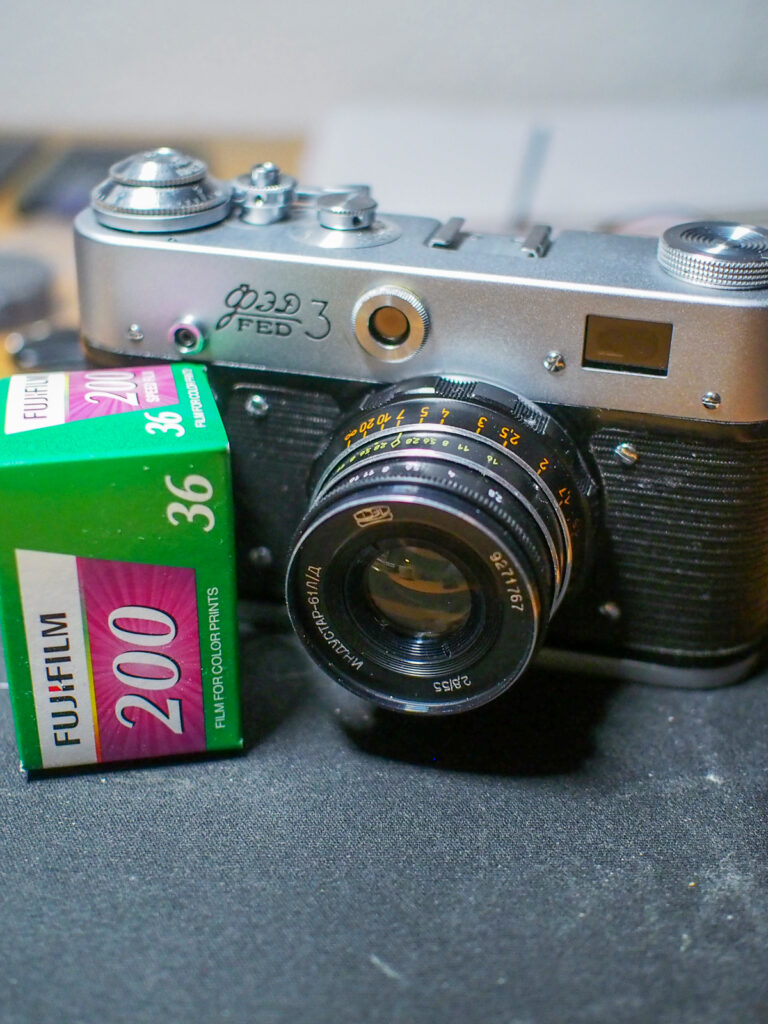
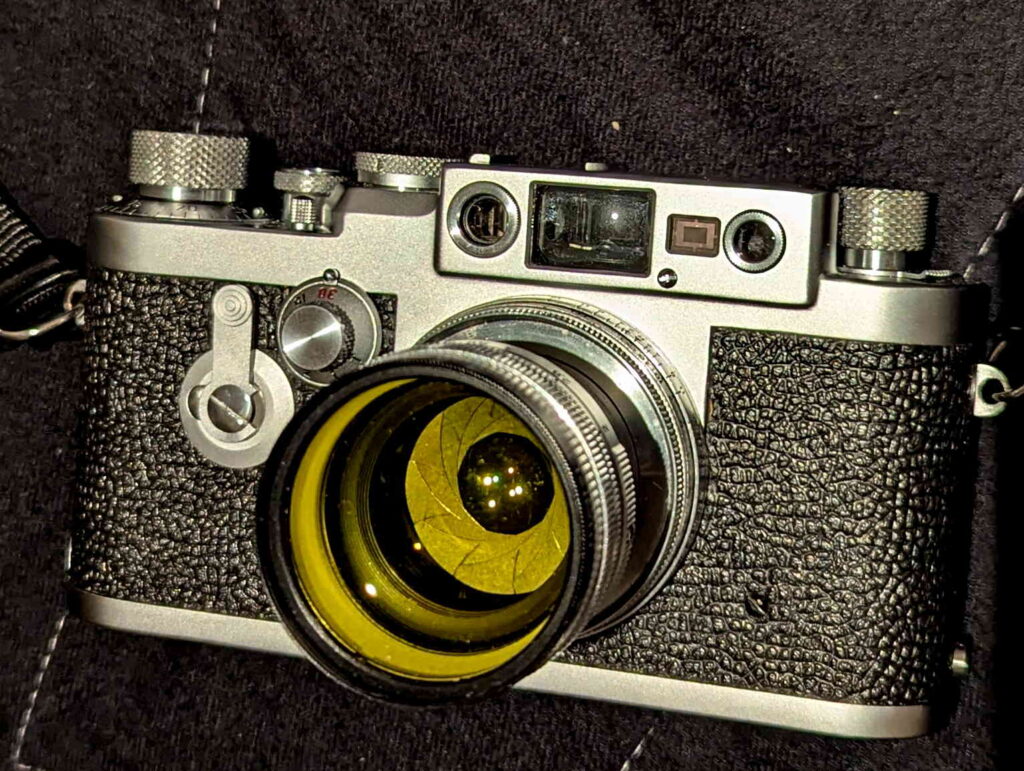





Comments
Bill Thoo on 5 Frames With FujiFilm Venus 800 – By Simon King
Comment posted: 03/01/2020
Comment posted: 03/01/2020
Martin Hugh Henley on 5 Frames With FujiFilm Venus 800 – By Simon King
Comment posted: 03/01/2020
Venus 800 datasheet: http://fujifilm.jp/support/filmandcamera/download/pack/pdf/datasheet/ff_superiavenus800_001.pdf
Superia X-tra datasheet: http://www.fujifilmusa.com/shared/bin/AF3-068E.PDF
Comment posted: 03/01/2020
David Hume on 5 Frames With FujiFilm Venus 800 – By Simon King
Comment posted: 03/01/2020
https://themachineplanet.wordpress.com/2019/09/25/did-we-ever-really-understand-film/
Ironically though, if we followed that advice there wouldn't be any film reviews to speak of, and then where would we be?
I reckon the point he misses is that if people today were not looking at film from the perspective of digital natives there would be much less interesting stuff being made. All that poking around the edges would be lost, and a whole bunch of nice work with it. Certainly the fact that the use of any film is now a choice and not a necessity changes how we look at it.
My initial reaction on reading your piece was to agree (despite those nice shots of yours) with your call on just sticking to Portra 400 as it seems, to me anyway, to be something that gives really nice and predictable results, and that commercial labs and scanners seem well set up for. But then, if we all did that things would get boring pretty fast! No simple answers I guess, which makes it all interesting and good fun.
Cheers and all the best.
Comment posted: 03/01/2020
Dan on 5 Frames With FujiFilm Venus 800 – By Simon King
Comment posted: 04/01/2020
I really have to get me an XA, it's one of those I've never even seen in real life.
Comment posted: 04/01/2020
Khürt Louis Williams on 5 Frames With FujiFilm Venus 800 – By Simon King
Comment posted: 05/01/2020
Jay Teo on 5 Frames With FujiFilm Venus 800 – By Simon King
Comment posted: 18/02/2020
Comment posted: 18/02/2020